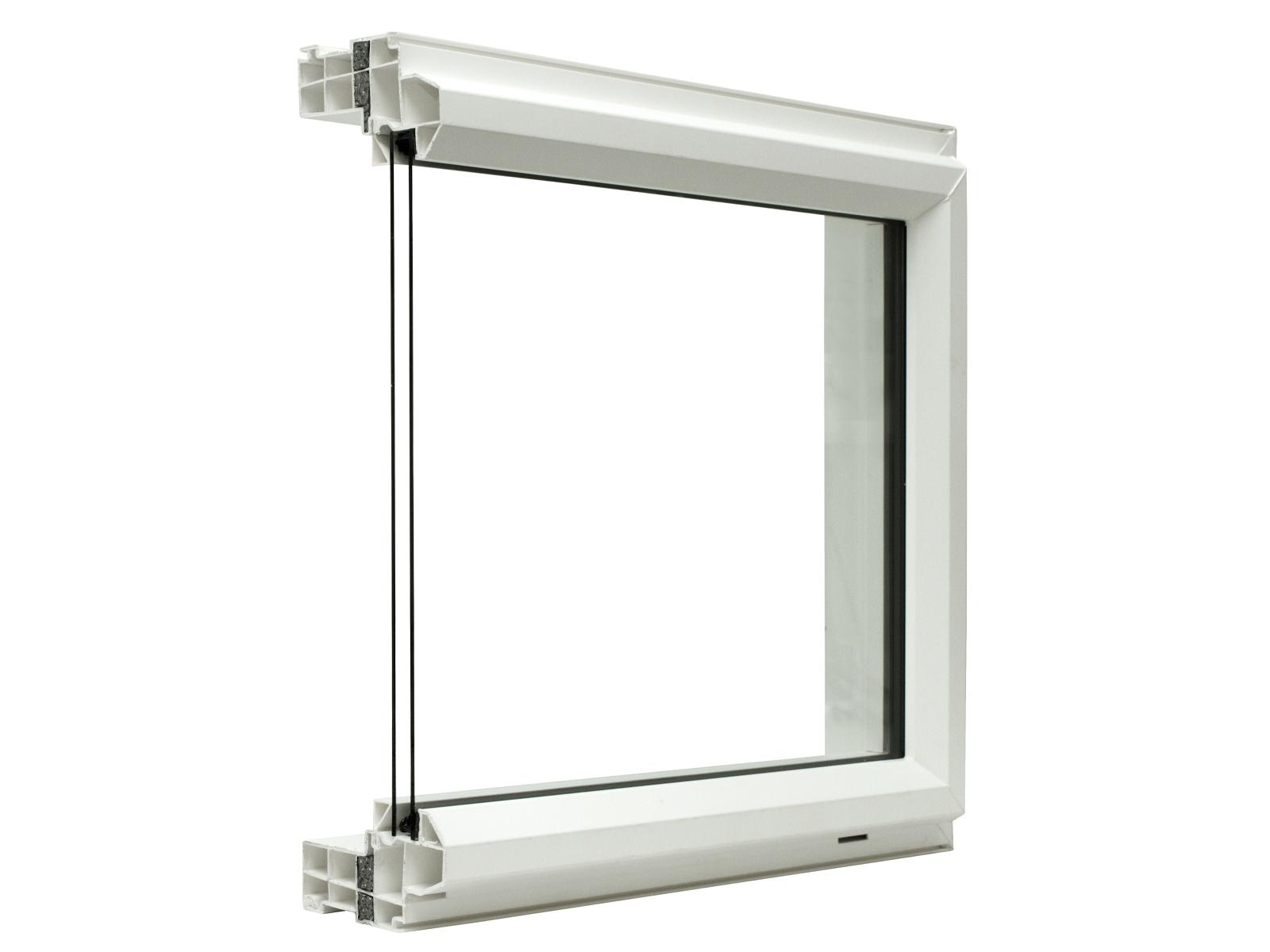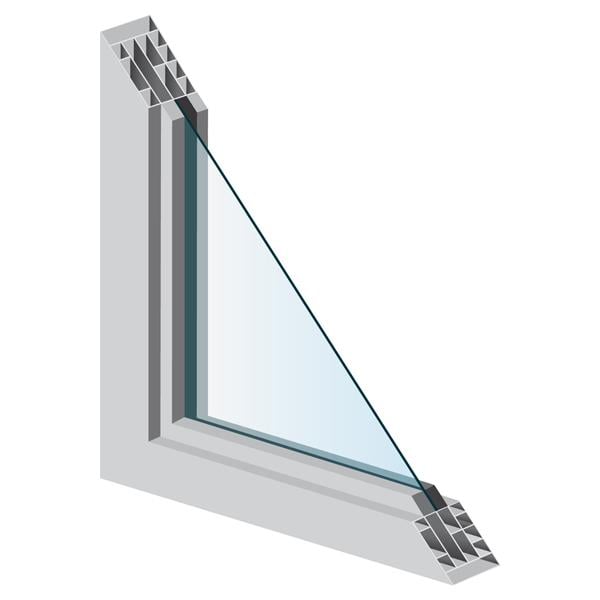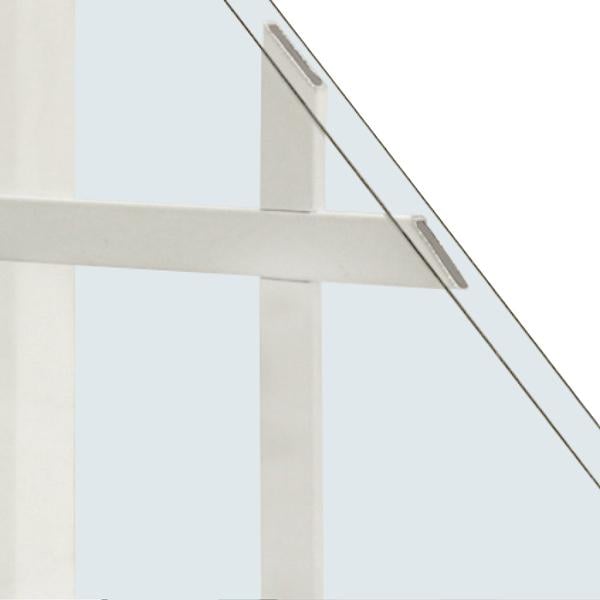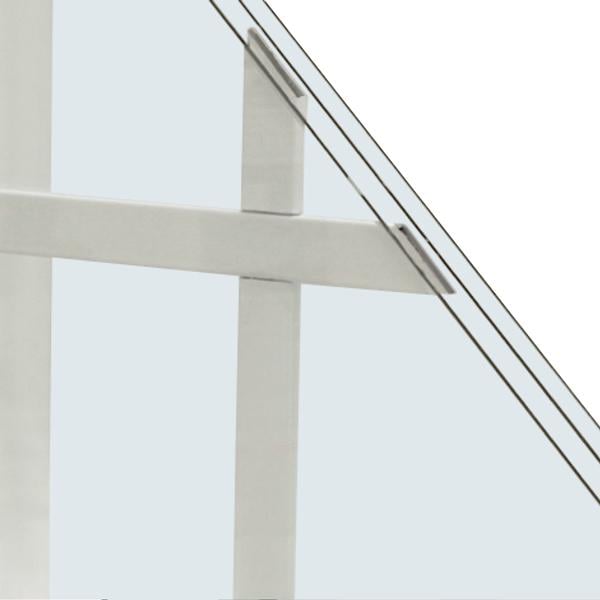"(Required)" indicates required fields
Window Pane Options
Explore pane options between single pane, double pane, and triple pane windows.
Each type has its own benefits, and understanding the differences makes choosing a type of replacement window pane a breeze.

Have More Window Pane Questions?
Schedule an appointment today to learn more about how HomeCraft Windows can upgrade your home.

Single Pane Windows
Most windows that are manufactured today have multiple panes, because they are more energy efficient than single pane windows.
However, there are some people that prefer single pane windows because they are considerably less expensive than the double pane variety.
In addition to the cost factor, in some cases, lightweight windows are needed, and single pane products are lighter than their multi-pane counterparts.
Double Pane Windows
Double pane windows provide a host of advantages over the single pane variety, and they are less expensive than triple pane windows. The two panes, which are called lites, are separated by a spacer that is usually made of aluminum, stainless steel or carbon fiber. It serves a number different purposes beyond the simple separation of the glass lites.
Spacers are bonded with seals so that there is a cavity that is airtight between the two panes of glass. They are coated with a desiccant, and this absorbs any moisture that may penetrate, and it also limits condensation. A gas is often utilized in the cavity that is created by the sealed spacers; argon gas is the most common one, and krypton, which is more expensive, is another option.
A Low-E coating is added to the window panes to add to the energy efficiency. Heating and cooling bills will definitely go down when single pane windows are replaced with double pane products, and this offsets the cost of the replacement windows.


Triple Pane Windows
Anyone that is looking for sound abatement (noise reduction) should choose triple pane windows.
The basic principle with regard to the structure is the same as it is for double pane windows. Though it is true that triple pane windows provide more energy efficiency than the double pane variety.
Triple pane windows are considerably more expensive, so it is important to weigh the benefits versus the cost. This being stated, it may take a while, but the cost of the upgrade should pay for itself as energy cost savings accumulate over the years.
Read What Our Clients Are Saying About Us
Explore Our Resources
Learn everything you need to know about windows, doors, luxury bathrooms, and more. Ready to start on your project? Schedule an appointment to get started today!
Window, Door, Siding, and Remodeling Tips
Our Hassle-Free Process
Enjoy a beautiful, affordable, energy-efficient home the EASY way.
We will come to YOU to get the process started. To begin, we will measure all your windows and doors. Once your selections are made, we will give you a quote.
Before starting the project, we will take detailed measurements of your current windows & doors. We will evaluate the new sizes and scope of your project, so there are no surprises down the road.
Once your custom windows arrive in our warehouse, we will reach out and schedule an installation date. We pride ourselves on the speed and effectiveness of our in-house installation crews.
Years of guaranteed comfort, energy savings, and lasting beauty will be your new reality. It all comes with our HomeCraft Lifetime Warranty from your premier local window installation company!

